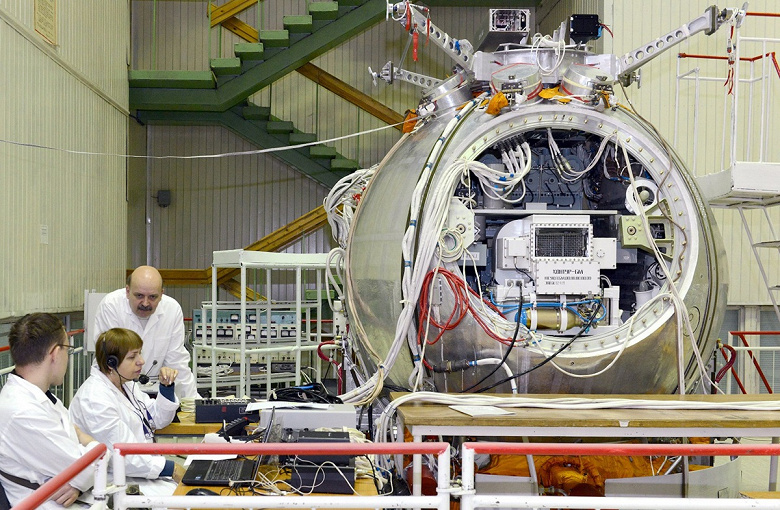The effects of radiation and weightlessness will be studied on them. The experiment is needed to prepare for the creation of the Russian orbital station
The Institute of Medical and Biological Problems (IMBP) of the Russian Academy of Sciences began large-scale tests of scientific equipment intended for the biological satellite «Bion-M» No. 2. More than 20 types of scientific equipment are being developed for the flight of the biosatellite; flight samples are currently being manufactured that will be sent to the RCC «Progress» for further tests, and then to Baikonur, said Vladislav Sedletsky, head of the laboratory of target payloads and medical control means of IBMP.
Main experiment «Biona-M» associated with small laboratory animals: it is planned that 75 mice will fly on the spacecraft. On December 19, large-scale biological and technical tests of the equipment began, which completely repeat the flight program. The mice will be in complete isolation from the outside world for 35 days — in a closed room without personnel access. In this way, a 35-day flight is simulated to understand whether the equipment is fully capable of providing for the animals.
Russian spacecraft of the «Bion» series help study the effects of radiation and weightlessness on living organisms. In addition to mice, fruit flies, plants and microorganisms will take flight. Launch of «Bion-M» No. 2 is scheduled for July 31, 2024. Scientists note that due to weather conditions, a launch shift, if necessary, is possible, but no later than August 31. The device will be launched into a high-latitude orbit in preparation for the further creation of the Russian Orbital Station (ROS). By the way, the satellite «Bion-M» No. 1 was launched into orbit back in 2013, then «passengers» there were mice, Mongolian gerbils, geckos, snails, plants and colonies of various microorganisms.

